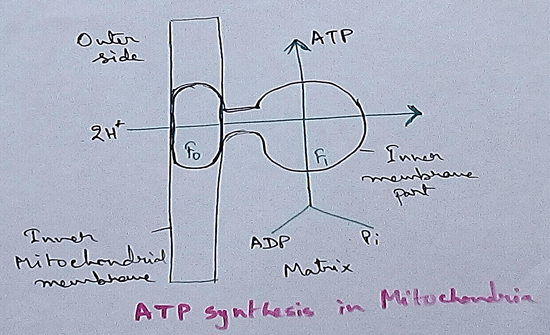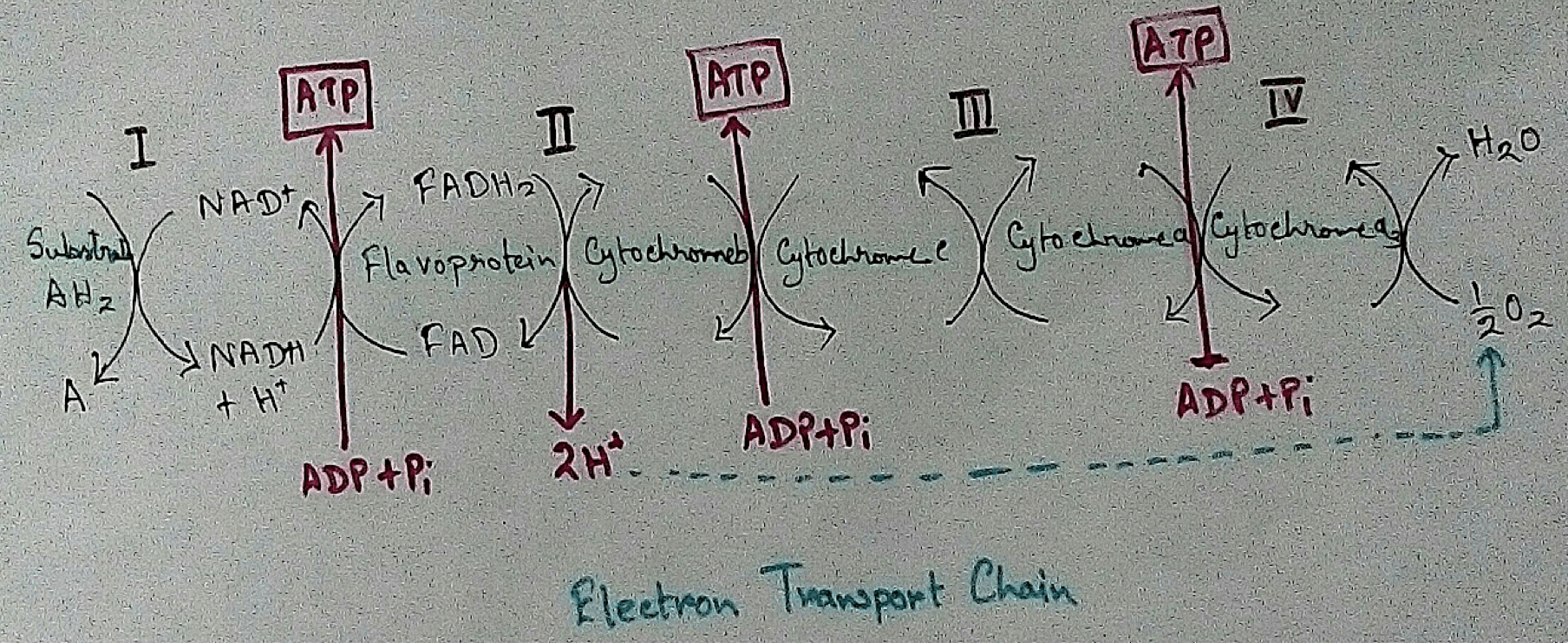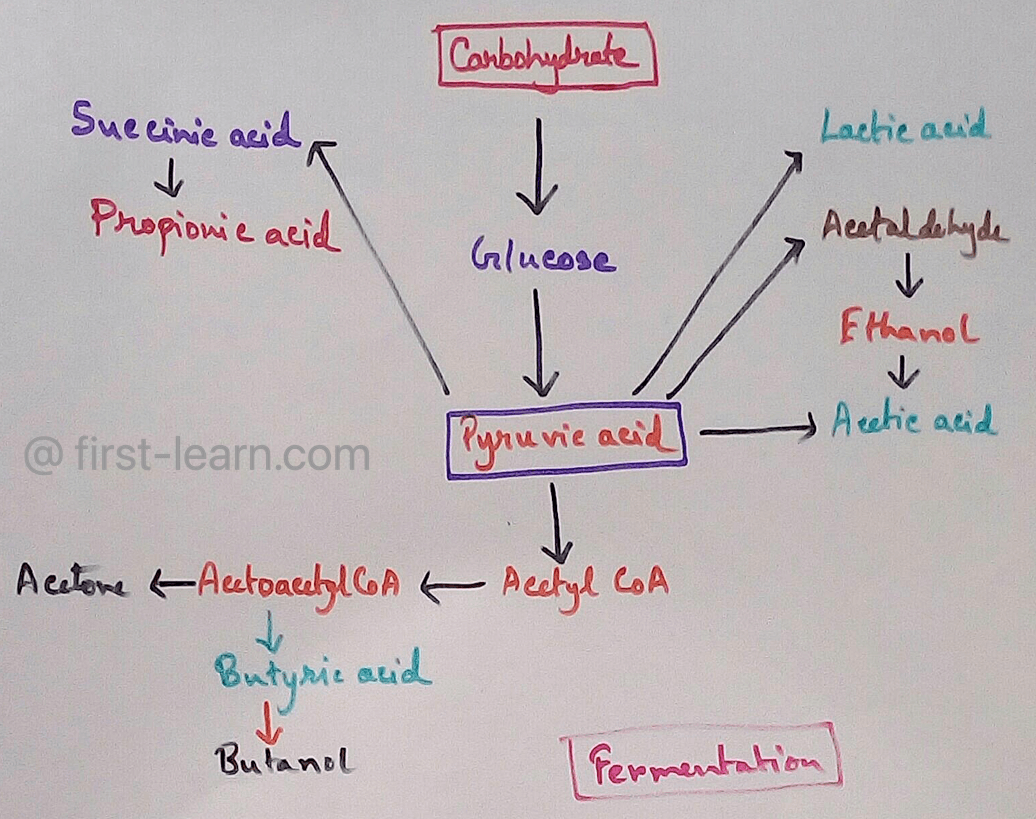Parts of a Flower
We will discuss here about the different parts of a flower to identify the various parts of a flower. The most attractive organ of a flowering plant is its flower.
Flower is a modified shoot of limited growth that helps in the reproduction of higher plants.
Most flowers remain attached to the stems or the branches with a stick like stalk, called pedicel. The flowers with pedicel are known as pedicellate flower. Flowers of China-rose (Hibiscus), Thorn-apple (Datura) are the examples of pedicellate. But some flowers do not have pedicel. These flowers are called sessile flowers. Tuberose (Polyanthes) is a very common sessile flower.
Flower of Datura (Thom-apple) is a very common complete flower. Now we will discuss here about the structure of the flower of Datura.
Datura flower is a funnel-shaped flower and can be seen in creamish white, pink or light violet colors.
The following parts of Datura flower are given below:
(i) Pedicel: Small green stick-like structure, which holds the flower on the stem, is called pedicel.
(ii) Thalamus: The top of the pedicel forms a flat disc-like structure; this is called thalamus. The thalamus holds all other parts of the flower on it.
(iii) Calyx: The outermost cup-shaped green structure is the calyx. In this flower five green leafy structures unite to form the cup-shaped calyx. These five leafy structures are called sepals.
(iv) Corolla: The whorl of petals next to calyx is known as corolla. In Datura flower corolla may be creamish white, pink or violet in color. This corolla is composed of five petals, which join along their edges to form a funnel shaped structure.
(v) Androecium: Androecium is the third inner whorl of a complete flower. It is composed of five stamens. Each stamen has two parts, the lower portion of it is a fine thread-like filament and the upper portion is an elongated swollen anther. In Datura flower the filaments remain attached to the petals but the anthers remain free. Each anther has two lateral lobes joined side by side. Within anthers numerous pollen grains are stored. These pollen grains are the male reproductive units of a flower.
(vi) Gynoecium or Pistil: The inner most whorl of a complete flower is the gynoecium. The unit of gynoecium is called carpel. Datura flower has two carpels in its gynoecium. The two carpels join together to form a long necked pitcher-shaped structure. The swollen base of it is the ovary, which holds ovules in it. The long tube-like part emerging from the ovary is called style. The apex of the style is slightly swollen and sticky, it is called stigma. Stigma catches the pollen grains during pollination.
From Parts of a Flower to HOME PAGE
Recent Articles
-
Respiratory Balance Sheet | TCA Cycle | ATP Consumption Process
Feb 18, 24 01:56 PM
The major component that produced during the photosynthesis is Glucose which is further metabolised by the different metabolic pathways like glycolysis, Krebs cycle, TCA cycle and produces energy whic… -
Electron Transport System and Oxidative Phosphorylation | ETC |Diagram
Feb 04, 24 01:57 PM
It is also called ETC. Electron transfer means the process where one electron relocates from one atom to the other atom. Definition of electron transport chain - The biological process where a chains… -
Tricarboxylic Acid Cycle | Krebs Cycle | Steps | End Products |Diagram
Jan 28, 24 12:39 PM
This is a type of process which execute in a cyclical form and final common pathway for oxidation of Carbohydrates fat protein through which acetyl coenzyme a or acetyl CoA is completely oxidised to c… -
Aerobic Respiration | Definition of Aerobic Respiration | Glycolysis
Dec 15, 23 08:42 AM
This is a type of respiration where molecular free oxygen is used as the final acceptor and it is observed in cell. Site of Aerobic Respiration - Aerobic respiration is observed in most of the eukaryo… -
Fermentation | Definition | Types of Fermentation | Application
Nov 29, 23 10:27 PM
Definition of fermentation- It is a process that is energy yielding process of anaerobic oxidation of organic compounds which are carried out by the enzyme action of micro organisms where neither gase…




New! Comments
Have your say about what you just read! Leave me a comment in the box below.